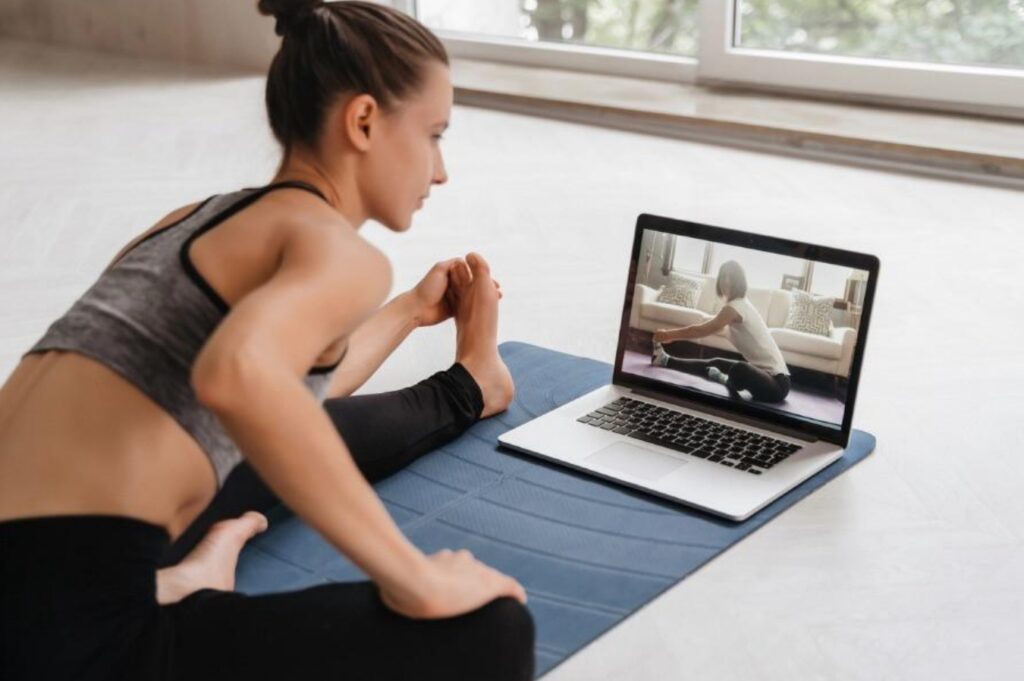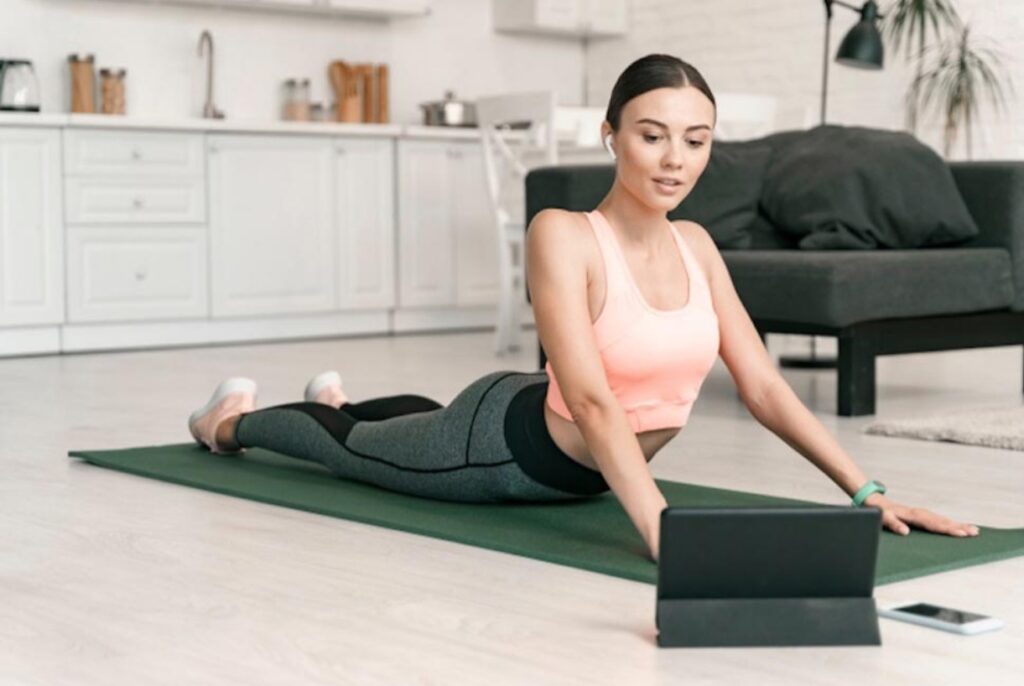Yoga has existed for a very long time, and today it is insanely popular all over the world. In this regard, many people ask: what are the benefits of yoga? It includes a set of physical and spiritual practices that help improve a person’s well-being, body and spirit. This is not to be confused with pilates. Understand the difference between these two low-impact exercises at Ray of Health.
If you think that you need to go to a specialized gym to practice yoga, you’re wrong – today yoga classes are possible even from home. We recommend online classes from Wowfit professionals who offer classes for both beginners and those who are already familiar with yoga. One-on-one classes, individual coaching, free trial classes, and more.

Any yoga is good for the spine
Each musculoskeletal problem must be addressed individually by a specialist. In a general group, some exercises sometimes have to be substituted for a particular person. But there cannot be one group class that would be good for all people with spine problems.
It is more accurate to say that a general yoga group may be generally safe enough for people with problems. Or potentially dangerous even for healthy people.
Factors that increase the risk of injury or are unfavorable to people with problems:
- Lack of proper instructor education in biomechanics, medical views of musculoskeletal problems and modern rehabilitation techniques.
- A manner in which the instructor is predominantly on his mat and does not sufficiently correct the trainees.
- The presence of technically difficult poses: inverted postures, plow, feet behind the head, various “knots.”
- The fast pace of the class, especially when you need to get into technically difficult poses quickly.
- Practice only stretching if you lack strength training during the week.
- The presence of dizziness from any techniques.
Prolonged static exercise induces endurance development
Static exercises are really effective for developing muscular endurance, but they should not be too long. If an asana is held for more than 1.5 minutes, either it is too easy for you or muscle recovery after such an exercise will be excessively difficult for most people.
It’s better to hold asanas for no more than 1.5 minutes and to repeat them several times during the class, with a break of at least 5 minutes between each approach.

Minimizing physical exertion leads to longevity
Some people are afraid of overexertion or, when stressed, are looking for a milder way to relax.
Of course, in the case of stress, relaxing exercise will help for a while. But the nervous system also needs strengthening, and the best way to do this is to exercise at a high enough intensity. Simply put, the class should be structured so that it is difficult and by the end of it the stock of stress hormones is depleted, and at the end of it a block of relaxation should be made. And the mode of exercise should be such as to give the most effective adaptation, but so as not to be overworked immediately after the session and in the following days.
Also, only power load provides a proper stimulation of metabolism, stimulation of growth hormone and testosterone.
Muscular Endurance
Using an interval approach to strength static yoga practice maximizes the development of the red muscle fiber responsible for endurance. After such a workout, a person will be able to run faster and his or her legs will be less fatigued. In addition, when running, the blood will be less acidic, and the heart will not need to pump it so intensely, accordingly, the heart will also be less tired. This is very helpful in active retirement lifestyles when the heart’s capacity is impaired.

Improved posture
Static exercise and improved mobility are beneficial for posture. However, the nuances of each person’s posture are individual, and while an experienced instructor can notice much in a group class, some parameters must be analyzed individually. Accordingly, many people require individual adjustments, often several exercises at home. Group sessions cannot cover all issues.

